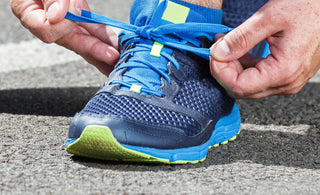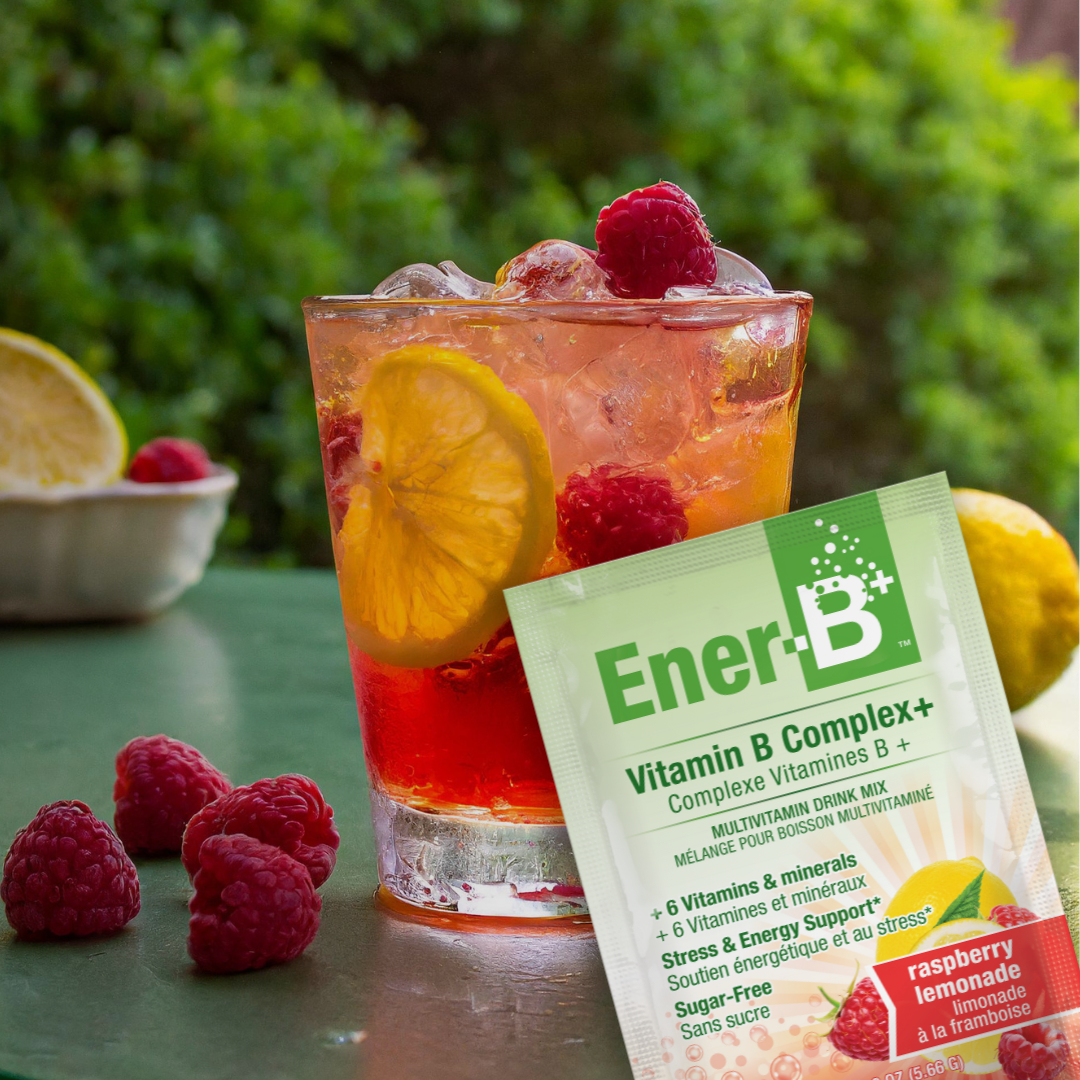
Running Shoe 101:
So you’ve decided to start running. Incredible! Before your treads hit the road, let’s make sure you’re rocking the right fitting sneakers for your long runs! In today’s blog post, we’ll be covering the anatomy of a running shoe to teach you exactly what to look for in your next pair and we will be sharing some of our best tips for picking out the perfect pair! Ready, set, race to the store!
The Anatomy of a Running Shoe:

Running shoes come in every shape, style and colour - just like feet! What running on a cloud to one person, will feel like jogging across a bed of rocks to another. With so much versatility and options on the market, let’s take a deeper look at the components that make up a shoe.
Fabric and Material:
- The fabric and material can be found on the outside and inside linings of the shoe. They will vary with the outer material being tougher and more durable, while the inside is a breathable material that is sweat wicking. Depending on the shoe, there can be several breathable mesh windows to provide additional airflow through the sneaker and to help with reducing shoe odor and mould. When trying on the shoe, be sure to take a short walk with them on. The material on the inside should feel comfortable and show no early signs of blistering or slippage when you take a step. If you feel anything besides comfort and stability, they are not the perfect pair for you!
Ankle Collar:
- The ankle collar is designed to prevent the foot from slipping and offers stability to the ankle joint when running. When trying on your sneakers, ensure that the collar doesn’t feel like it's chafing, rubbing or has the ability to cause future blistering. The purpose of this piece is to offer support, not for you to end your run early!
Toe Box:
- It's like a jukebox for your toes but instead of dancing, they’ll be running! All joking aside, the shoe box located at the top of the shoe near the toe cap, is designed to cover and protect your toes. It also allows for additional room for stretching and expansion. Take a few pairs for a test walk and feel which you prefer - a narrow toe box or a wider one. Everyone varies, but having a little extra wiggle room for your toes to spread out can make running a few extra miles feel a little more bearable in the long run.
Treads:
- This is where the rubber meets the road, literally! Treads are designed to create smooth contact with the ground in order to maximize grip and provide stability while running. Treads give you traction and do so by gripping the ground with each stride. They help to prevent slips and falls, especially on the days when the weather is anything but sunny! Make sure to choose a shoe that has a solid tread pattern and is durable. Before you buy your next pair, be sure to bring your old pair in so you can analyze your tread wear and find an even more perfect fitting shoe based on your running pattern.
Midsole:
- The midsole is the foam material between the outsole and the upper, designed to cushion the heel from impact and guide the foot through the stride. When you’re purchasing your shoes, seek to find a shoe with a midsole that is not too soft or too firm. It should offer both stability and comfort, while being flexible at the same time.
Heel Cushioning:
- The heel cushioning often gets renamed as the “hell crashpad.” And for goof reason! The cushioning is designed to bear the load and absorb the shock that is transmitted through a heel strike. Look to find a shoe that offers support and stability, but isn’t 4 inches thick. Unless you want to try running with heels on, which could be entertaining to watch … Settle for a smaller heel cushioning and feel comfortable with each stride and offer support to your ankle.
Now that we’ve covered the anatomy of a running shoe and what to look for the next time you pick one up off the shelf, we’re going to share a few “what not to buy” recommendations.
Tip #1: Do not buy based on the colour or style
- We’ve all done it. We’ve all bought the (insert colour here) shoes because they were trendy or cute. Little did we know that they offer zero support and had the potential to result in a rolled ankle. If/when it comes down to making your final decision and you’ve narrowed it down to two pairs that meet the criteria above, then choose based on colour. Either way, you’ll have a solid base to run on, but with a little extra flare!
Tip #2: Do not err on the side of "too snug"
- Do not, and we repeat, do not buy shoes that are too small. As the day goes by, our feet continue to swell into the late hours of the afternoon. Depending on what time of day you are shopping, your feet can change in size and require a little extra room. Make sure to buy a shoe with a little extra breathing room to allow for expansion. They should be extremely comfortable the moment you put them on, anything less than that, you need to get a different size.
Tip #3: Go to a specialty store
- It's tempting to go to the big box stores, but do your feet a favour and get an expert’s opinion. The staff at a specialty store will be able to look at your running patterns and strides, make recommendations accordingly and size you correctly. Buy the right shoes the first time!
Tip #4: Size yourself
- Most people get their feet measured in their teens and then assume that their size remains the same. Our feet change shape, our toes curl, and our arches raise and flatten. These anatomical differences change the size and width of our feet. When the sales associate asks if you’d like to be fitted, say yes! You’ll likely surprise yourself and end up saying “so that’s why my shoes never fit! I was buying the wrong size!”
There you have it! The recipe for buying the perfect fitting running shoes everytime. When in doubt, get your feet sized, take them for a test walk and try a few pairs on to get a feel for what you like. Over time this process will get easier as you begin to learn what you love in a shoe!
-By Lindsay Mustard. Lindsay is a Holistic Nutritionist, firefighter-in-training and recipe-wizard with a burning passion for health and fitness. In her nutrition practice, Lindsay works with clients to craft a unique plan that is tailored to their specific health goals using a natural, whole food and supplement approach.

